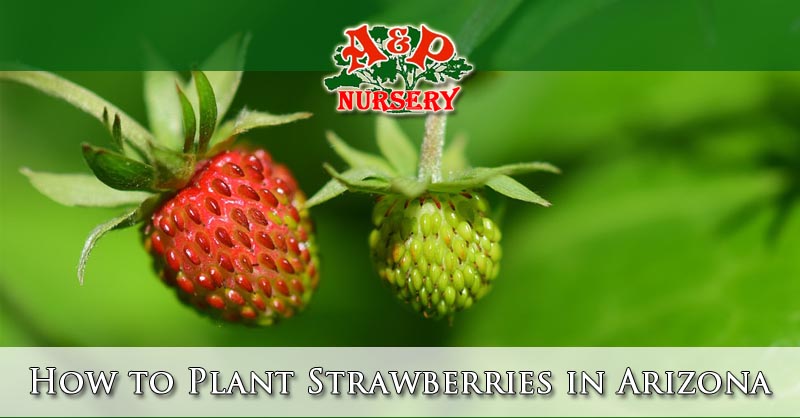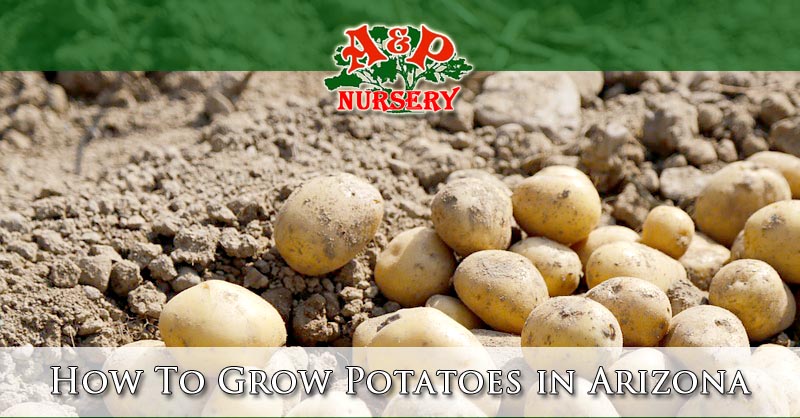If you’re searching “easy gardening” this post is just for you. While a lot of homeowners love having a garden full of vegetables, flowers, and beautiful plants many do not enjoy the weeding, watering, digging, fertilizing, and other chores that come with the territory. These easy gardening secrets will help you get the biggest bang for gardening efforts with planning and intelligent design.
Easy Gardening Secrets
Enjoying a lush garden need not be a full time job and these tips will help you make gardening easier. Get the most out of your effort and decide before hand how much effort you want to spend on your garden. It will help you plan for it and know that you will have the time, energy, and desire to take care of what you plant.
Planning & Design
The biggest secret to easy gardening is planning before you get started and not getting overwhelmed with the entire project. It is best to have an overall idea of what you want in your landscape and garden and refine over time instead of getting overwhelmed.
- Start Small – While it might seem like a good idea to start a large vegetable garden in your yard starting with an edible planter is a great way to get started. Once you are comfortable with the upkeep and have the confidence you can add to your garden. It’s a good idea to keep your planter near your kitchen for easy access.
- Expand Your Garden – With confidence from a single edible planter you can expand into a larger container garden. This keeps the effort and work of managing a larger space out of the equation. The salad greens or herbs you grow and harvest will be a welcomed bit of fresh produce.
- Garden Comfortably – To make gardening easy it is best to use raised gardens, hanging pots, or set your containers on a sturdy and stable raised surface. This makes it easier to water and take care of your garden.
Pace Your Gardening
It is easy to stack too much on your plate going for gold with your gardening. Be realistic and add elements individually when you feel like you have enough space, time, and energy. If you feel like you have already done too much cut back and down-scale.
- Garden with friends, family, or neighbors to share the load and enjoy gardening more.
- Enjoy well designed small gardening that grows well and gives you herbs or vegetables you can harvest.
- Pay attention to the types of plants you love most and focus on growing them.
- Prep gardening beds for future use by laying a layer of mulch.
Select The Right Plants
The items you choose to grow like vegetables and fruits become responsibilities. Some of them can be very little effort while others will need more regular maintenance. You choose how much time and effort your garden will need when you are selecting your plants! Be realistic about how much time and effort you will want to spend and start with easier plants to achieve easy gardening.
Choose Easy Plants
Choose plants that seed themselves, grow back each year, and don’t need as much maintenance.
- Self seeding herbs and leafy greens will save time planting seeds.
- Disease and pest resistant plants that are edible.
- Nutrient and flavor full plants for stir fry or salads.
- Tough perennials return each year once established.
- Dwarf plants that don’t need to be stalked to stand up.
Don’t Dig It
While most of us picture tilling and turning soil as an integral part of gardening it isn’t part of easy gardening. It can cause extra work aside from being back breaking and time consuming.
- Digging is labor intensive and takes up a lot of time.
- Use straw bale gardens, raised beds, and containers to avoid having to turn soil.
- Digging destroys fungi and other networks of microorganisms that help your plants grow.
- You might disturb dormant weed seeds that begin to grow.
Enrich Your Soil
While plants do grow better with nutrient rich soil it need not be expensive or labor intensive. You can easily spread compost and mulch to your containers or gardening beds.
- Add mulch and organic matter to cut down on watering, weeding, and effort.
- Good soil helps avoid pest and disease problems which would require more work.
- Make compost, it takes less effort and money than buying it and brining it home.
Pest Control Is For The Birds
Enlisting nature’s army to help manage pests is the easy gardening way of keeping your garden healthy. Birds are one of nature’s most effective harmful insects. Many gardeners set up bird baths, water, and even provide bird houses. There are also plants that are pest repellent
East Phoenix Valley Gardening Supply
If you are starting a new garden or if you just want to get more of our your garden A&P Nursery has the best plants, seeds, soils, and products to help you get the most out of your time and effort. Stop by and choose your containers and plants to start your easy gardening today!
Call or visit one of our 4 locations today
A & P Nursery
40370 N. Gantzel Rd.
Queen Creek, AZ 85240
480-655-5789
A & P Nursery
2645 W. Baseline Rd.
Mesa, Arizona 85202
480-839-5362
A & P Nursery
6129 E. Brown Rd.
Mesa, Arizona 85205
480-396-8800
A & P Nursery &
Lawnmower Shop
2601 E. Baseline Rd.
Gilbert, Arizona 85234
480-892-7939





